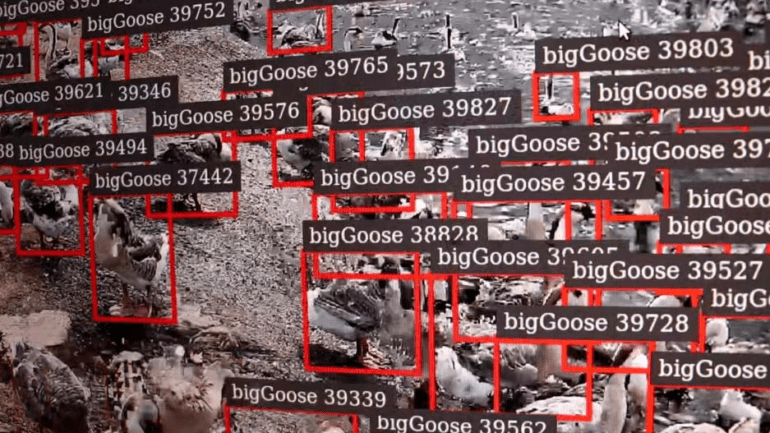TL;DR:
- Traditional goose farming in Chenghai District, China, faced challenges, especially during an avian influenza outbreak in 2018.
- Entrepreneur Jin Shutao collaborated with 16 students from Shenzhen University’s Tencent Cloud AI BEng program to develop a technological solution.
- The team used AI to identify sick geese by measuring their stillness, with a focus on hardware, frontend, backend, and algorithm development.
- Overcoming obstacles like ineffective QR code recognition, they labeled thousands of goose images for AI training.
- Customization and continuous optimization were crucial to adapting AI algorithms for specific conditions.
- The integration of weather data improved accuracy in diagnosing goose diseases.
- The AI system now provides real-time alerts for “listless geese” and “feverish geese,” increasing the survival rate of lion-head geese by 30 percent.
Main AI News:
In the heart of Chaoshan, within the picturesque landscapes of Guangdong Province in south China, a centuries-old tradition of marinated goose dishes has thrived. However, for the breeders of lion-head geese in Chenghai District, Shantou City, this culinary tradition came with its fair share of challenges.
For over three centuries, these breeders relied on traditional methods to assess the health of their geese, but the limitations of these practices became painfully evident during an avian influenza outbreak in 2018. Thousands of lion-head geese perished in a matter of days, leaving only a handful to tell the tale.
Enter Jin Shutao, a forward-thinking entrepreneur and professional goose farmer in Houxi Village, Chenghai District. In 2022, he recognized the need for a technological solution and enlisted the help of 16 students from Shenzhen University’s Tencent Cloud AI BEng program. Guided by university professors and assisted by Tencent’s engineering expertise, this diverse team embarked on a mission to safeguard the future of lion-head geese.
Their challenge was daunting: within a 500-square-meter space, they had to identify sick geese from a cacophony of sounds and movements. The breakthrough came with the idea of using AI to measure a goose’s stillness as an indicator of illness. The project was divided into four key areas: hardware, frontend, backend, and algorithm development.
Yet, the journey was not without its obstacles. Traditional QR code-based recognition systems, effective for animals like cows, sheep, and pigs, proved ineffective for geese. To train their AI, the students painstakingly labeled 6,000 images of 300,000 geese, ensuring precision down to the minutest detail.
Wang Yifeng, one of the team members, emphasized the need for unwavering focus during this process, where even a slight error could compromise the AI’s effectiveness. Continuous optimization was key, with Tencent engineers assisting in refining the recognition and tracking algorithms to adapt to various scenarios.
The students learned that AI algorithms are far from one-size-fits-all. Customization based on specific conditions was essential for success. Their journey also revealed the challenges of measuring the body temperature of adult lion-head geese due to their thick feathers, leading them to identify feverish baby geese as an additional diagnostic method.
Further research uncovered the correlation between goose diseases and weather conditions, prompting the integration of weather data into their program for enhanced accuracy. Countless days and nights of hard work, coupled with numerous online meetings, resulted in an AI system that continually evolved.
Today, the AI goose program provides real-time alerts for “listless geese” and “feverish geese,” offering critical data on temperature, humidity, PM2.5 levels, and trends. This innovative solution has elevated the survival rate of lion-head geese by a remarkable 30 percent.
In the words of Shen Linlin, director of the visual research institute at Shenzhen University, “Developing AI isn’t about sitting in an air-conditioned room and writing code. It’s about learning to write code in ‘goose dung.” This inspiring story demonstrates the transformative power of AI technology when combined with ingenuity and dedication in the pursuit of a sustainable future for agriculture.
Conclusion:
The successful implementation of AI technology in lion-head goose farming demonstrates the potential for AI to revolutionize traditional agricultural practices. By addressing specific challenges and customizing algorithms, this innovation has significantly improved the survival rate of geese, marking a positive step towards a more sustainable future for agriculture in China.

